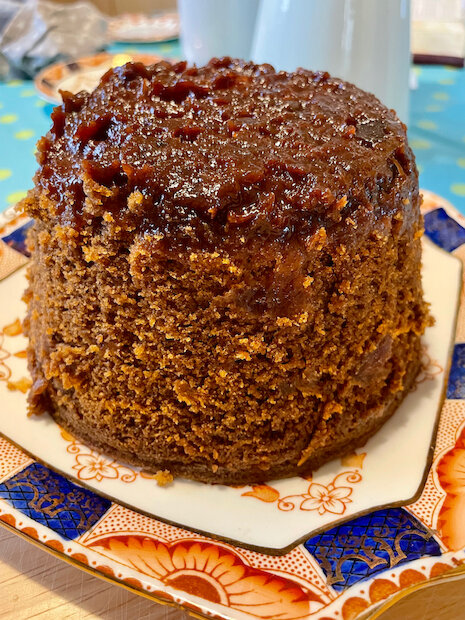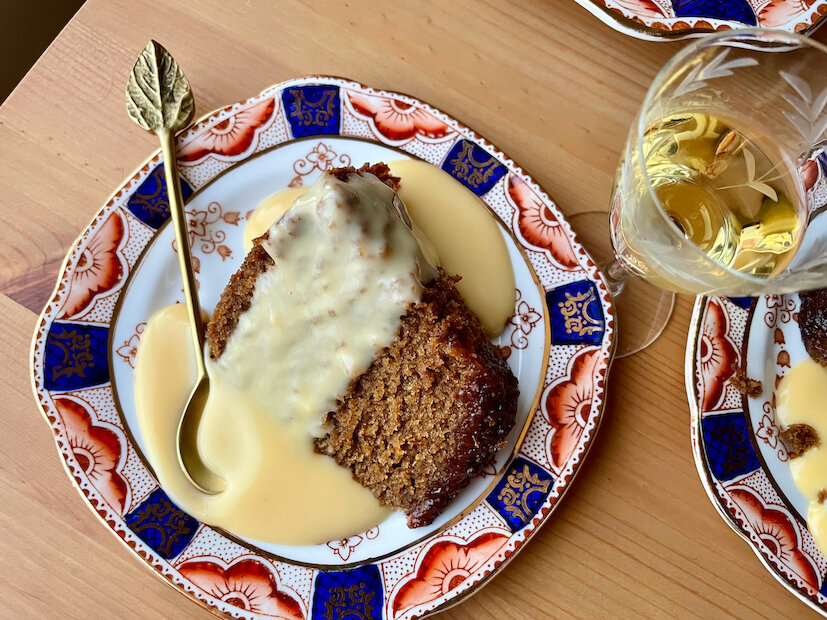The run-up to Christmas may be the only time of the year when we give other foodie nations a real run for their money on just how much time we can spend discussing and planning what we will eat! One of the perennial pre-festive conversation gambits we never tire of is the Great Christmas Pudding Debate. It is truly up there with Marmite as a love-it-or-hate-it dish.
The origins of Christmas pudding
Like many of our traditions at this time of year, Christmas pudding isn’t really so very traditional at all. In its current rich, sweet format, it dates back no further than the Victorian era. Before this, as far back as the 14th century, it existed as a porridge-like dish called frumenty. This was more of a soup-like affair, made of beef and mutton with grains, raisins, currants, prunes, wine and spices. It was eaten as a fasting meal in preparation for the Christmas festivities. By the late 16th century this had morphed into plum pudding, which, similar to mincemeat, was another extravagant festive way of preserving and serving meat. Meat, grains and vegetables would have been mixed with spices, fat and fruits, the best preservatives of the day, then stewed or steamed in animal stomachs or intestines to preserve them for as long as possible.
In Shetland, Orkney and other areas across Scotland, Christmas pudding, along with other traditional Christmas fare, is actually even more modern than we might like to think. Until very recently, Auld Yule was still celebrated in various areas of Shetland, most notably Foula where it has not entirely died out, even now. Falling on 6 January, Auld Yule was the traditional day for festivities before the British switched from the Julian to the Gregorian calendar in 1751. There was great resistance to this change and many of the older traditions persisted through to the latter half of the 19th century and the early 20th century.
Yule Cakes for Auld Yule
Yule Cakes, sometimes called Sun Cakes, were baked during Auld Yule. Though I cannot find reference to an actual recipe for these, various references describe them as yellow bannock-like cakes, with a hole through the middle, cooked on a griddle over the fire. They would have been round with markings or notches around the edges to represent the sun and would almost certainly have been made to mark the passing of the shortest days. Sadly, whatever was used to add the yellow colour and any detailed notes on flavour have been lost in the mists of time.
In his short story A Candle for Milk and Grass, George MacKay Brown leaves us the following note on the Orkney tradition of Yule Cakes: “She was baking little yellow flat cakes on a griddle. (...) The little yellow cakes, fretted round the edge, gave out a sweet fragrant smell. This was the only day of the year that such cakes were made.”
If you are a Christmas pudding objector, all this hopefully gives you enough hard evidence to confidently put forward alternatives and strike out to build new family traditions! Among those who had already moved on, some swear by that other Christmas standard – trifle. While others branch out into uncharted waters with pavlova and all manner of chocolate creations. But, if you quite fancy the undeniable theatre of the pudding without yet more currants and sultanas on the scene, I have the perfect alternative for you.
With a nod to the ye olde world practice of steaming a pudding and just enough spice to keep the true traditionalists happy, why not give this rhubarb and ginger pudding a whirl? You probably already have almost everything you need in the house, and certainly don’t need to make it two months in advance!


